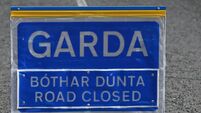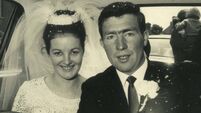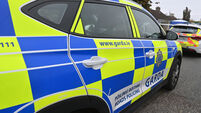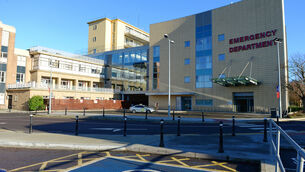HSE says cardiac response guide can save lives
Called the Cardiac First Responder Guide, it outlines how people can set up the life-saving programmes in their area.
First responders are people who respond immediately, before the arrival of ambulances and emergency medical staff to someone who has collapsed, or whose heart has stopped.
There are more than 5,000 sudden cardiac deaths in Ireland every year and most are due to coronary heart disease.
Over the past few years there has been increasing awareness of sudden cardiac death in young adults, including sudden deaths in high-profile athletes.
The Report of the Task Force on Sudden Cardiac Death, published in March 2006, stressed that the chances of survival following a cardiac arrest were considerably improved if there was a rapid, co-ordinated response to the emergency.
The guide was produced in response to the report’s recommendation that a template or guide be developed to provide local information and advice to communities, councils and organisations who wanted to establish a first responder programme.
Chairwoman of the Sudden Cardiac Death Steering Group, Dr Siobhan Jennings, who was at the launch in Dublin, stressed that to save more lives in Ireland, people needed to be better organised and better skilled to respond quickly to collapse and cardiac events.
The programme can be established up in communities, at sites of main public gatherings, airports, shopping centres, in clubs and workplaces.
Responses include administering CPR (mouth-to-mouth and chest compressions) along with using Automated external Defibrillators (AEDs) to restart the heard.
The guide was developed by the HSE, in partnership with the Irish Heart Foundation and the Pre-Hospital Emergency Care Counci. It advises groups interested in setting up first responder programmes in their own areas, gives details of good practice, how to access training in CPR and AED use and establish linkages with emergency services.
The guide also introduced the newly agreed symbol of AEDS that will be promoted throughout the year so that it becomes recognisable to the public and prompts action to a sudden heart attack or collapse in public.
8 Copies of the guide are available at www.hse.ie.











